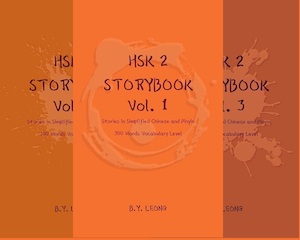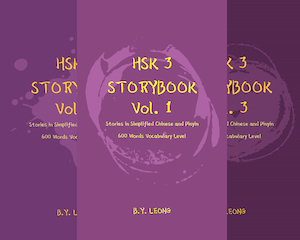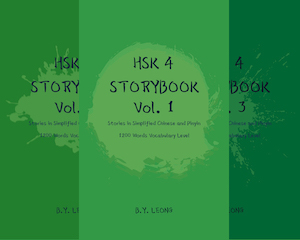The difference between Chinese and Western sentence structures is vast. The two languages are almost completely different in the way they are structured. This can be seen in the way that Chinese is written and the way that Western languages are written.
In Chinese, the written language is not based on an alphabet. Instead, it is based on a series of characters representing different words or ideas. This can make reading Chinese text difficult for people unfamiliar with the language.
The structure of Chinese sentences also differs from those in Western languages. In Chinese, the subject of the sentence often comes before the verb. This is the opposite of how it is done in most Western languages.
Another difference between Chinese and Western sentence structure is that Chinese sentences are often much shorter than their counterparts in Western languages. But, again, this is because Chinese is a very concise language.
Western languages, on the other hand, are often more verbose. This is because they use more words to express the same idea.
One final difference between Chinese and Western sentence structure is that Chinese sentences often lack a subject. This is because the Chinese language does not always require one. In contrast, most Western languages would require a subject to make a complete sentence.
There are many differences between Chinese and Western sentence structure, but the two most significant ones are word order and the use of auxiliaries. In Chinese, the basic word order is subject-verb-object, whereas, in English, it is typically subject-object-verb. Therefore, when translating between the two languages, it is often necessary to rearrange the word order to produce a grammatically correct sentence. For example, the Chinese sentence “我要吃饭 Wǒ yào chīfàn” would be translated as “I want to eat,” with the subject (我 Wǒ) coming before the verb (吃 chī) and the object (饭 chī) coming after.
Another major difference is the use of auxiliaries. In Chinese, auxiliaries are often omitted, whereas, in English, they are typically required. For example, the Chinese sentence “我要吃饭 Wǒ yào chīfàn” could also be translated as “I eat,” with no auxiliary verb (such as “will” or “do”) required. This can be a source of confusion for learners of Chinese, as the same sentence can sometimes be translated in multiple ways depending on the context.
Despite these differences, there are also many similarities between Chinese and Western sentence structures. For example, both languages use nouns, verbs, and adjectives and have a subject and an object. In addition, the word order may differ, but the meaning is typically the same. So, while there may be some challenges when translating between the two languages, it is certainly possible to communicate effectively in both.
The HSK 1 Storybook series is a very good resource for anyone who is a beginner at learning Chinese. It comes with free audio files and Chinese practice writing sheets. You will be familiar with 150 of the most common Chinese words and characters in no time! In addition, the Chinese Sentence Structure – HSK 1 Grammar Workbook will provide the necessary practice for you to form proper Chinese sentences.





